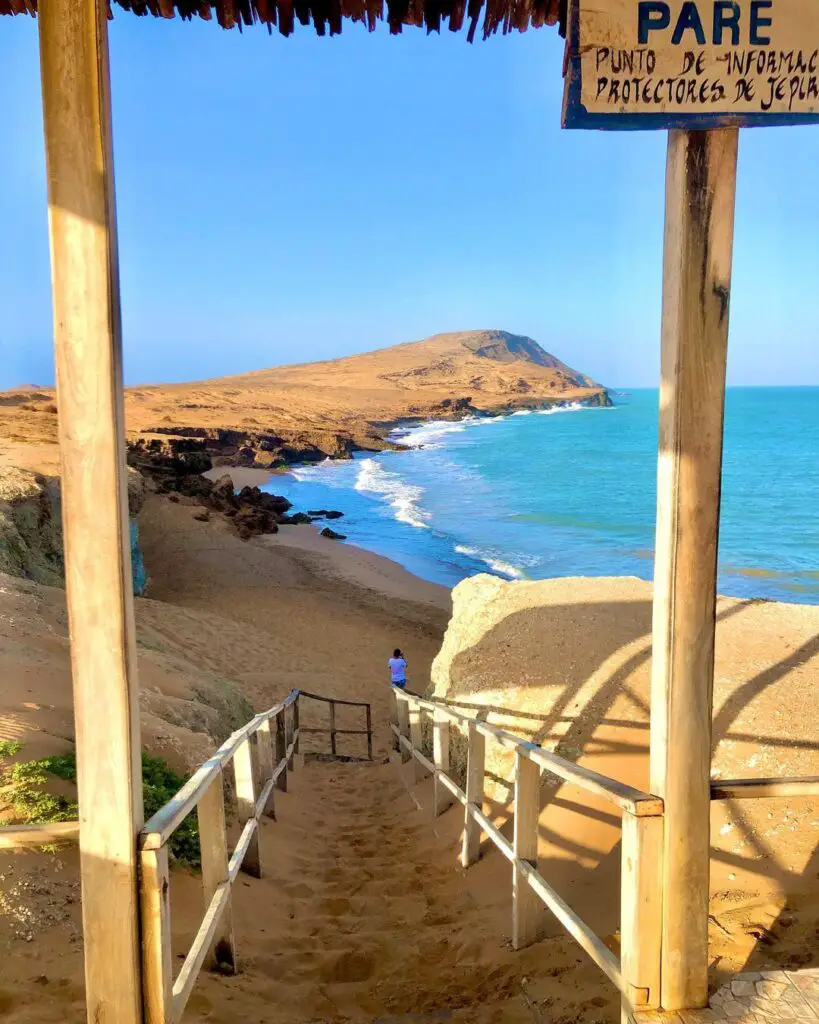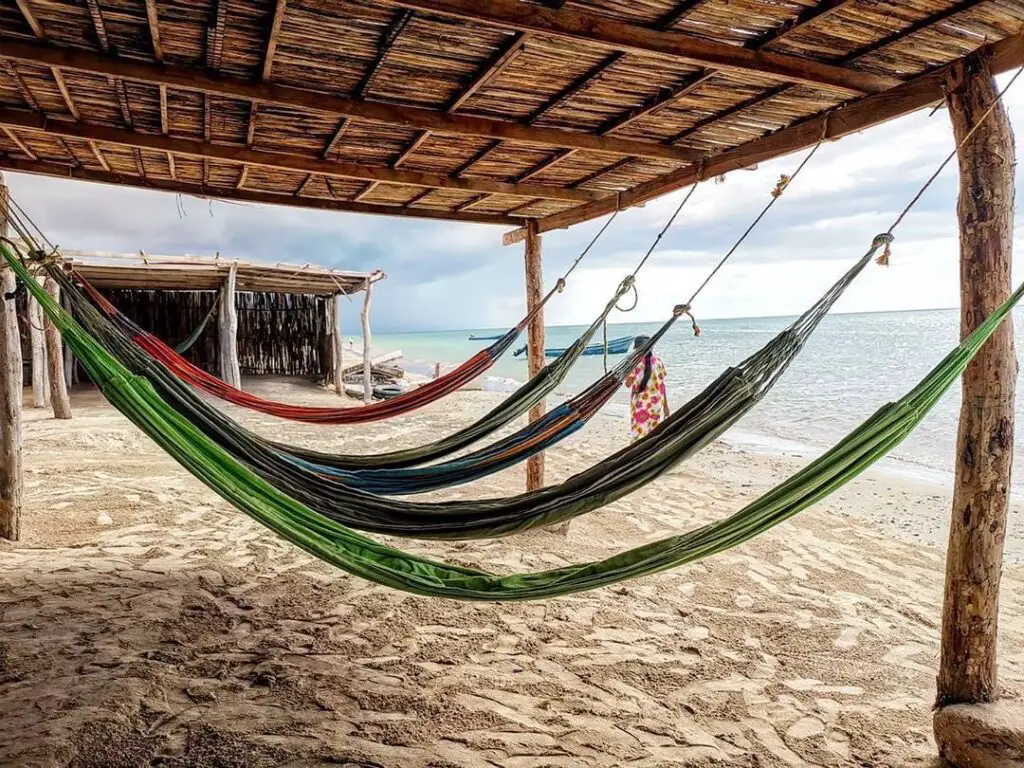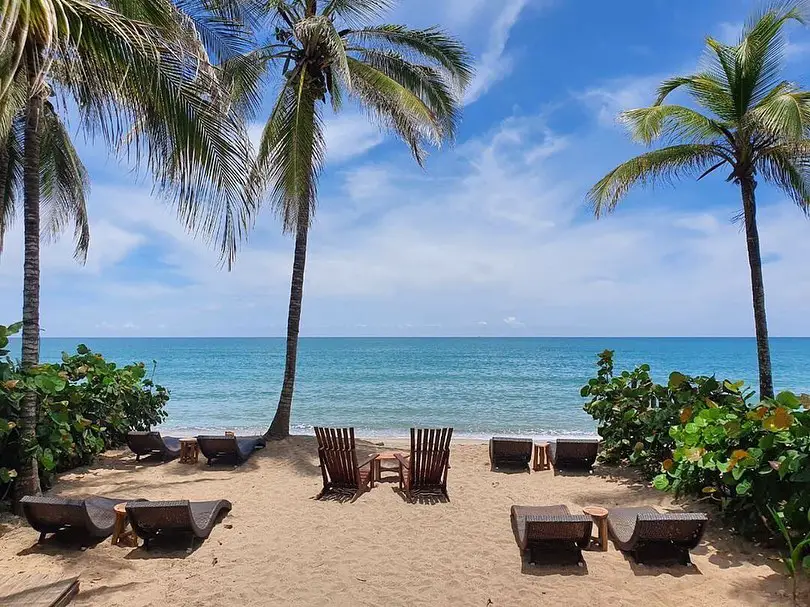As Colombia shakes its negative rap, more intrepid travellers are finding their way to this formerly out of bounds country and rather than sticking to the ubiquitous destinations of Bogota and Cartagena are pushing further afar to regions such as the awe inspiring desert region of the Guajira.
Table of Contents
Where is the Guajira Peninsula?
Located up in the country’s far north-eastern corner bordering Venezuela on one side and the Caribbean Ocean this semi autonomous Colombian department is the northernmost tip of South America and home to spectacular beaches, irresistible sunsets and inhabited by a proud indigenous people called the Wayuu.
The History of the Guajira Peninsula
Populated and inhabited by the Wayuu people this region was first spotted by the Spanish when the Conquistador Alonso de Ojeda (the first European to create a settlement in Colombia in Uraba) sailed around its coast in 1498, although he never ever set foot on this semi arid land. What is now the town of Cabo de la Vela was founded by Martín Fernández de Enciso in 1526 and what ensued was a bitter rivalry between the colonial seats of power in Santa Marta and Venezuela for control of the lucrative trade in pearls.
Harried by pirates and the Wayuu people the Spanish headquarters was moved to the actual departmental capital of Riohacha in 1544. In 1898 the department of La Guajira was created and it is worth noting that the Wayuu people were never cowed into submission by the Spanish and remain proud of their culture of resistance.
Tourism in La Guajira

With Colombia almost firmly on the tourist circuit, many people are looking for further adventures that offer more in the way of scenery and culture and this is where the Guajira really delivers. This region of legends, indigenous people, history and nature has a great deal to offer and what keep it protected is the relative difficulty in access and communication here. Previously this type of travel was limited to outgoing backpackers with no time restraints and plenty of patience, now, with better guides, cars and information it is still an adventure but a far more accessible one.
How to Get to La Guajira
Quite simply getting to the departmental capital of Riohacha is relatively straightforward as you can fly here with Avianca or bus in from several locations, in particular Cartagena and Santa Marta if coming from the coast or from Valledupar if you are making the trip from the interior. If you are short of time you are suggested booking a trip through a reputable agency. If you choose to go it alone, this will, as aforementioned, take time and patience. It could also work out being more expensive since you have to negotiate every possible transport and price whereas in an organized trip everything is covered, even side trips.
Sights in La Guajira
There may be no beach more beautiful than Cabo de la Vela in all of Colombia and the setting is perfect as you settle back after several hours of jolts and bumps over unpaved rocky desert terrain and enjoy a refreshing beer in this Rancheria (as the small Wayuu settlements are called) and watch as the fiery red sun sets into the blood red ocean.
Accommodation is basic but clean and comfortable but it is the abundance of fresh seafood that will set your pulses racing. Your meals will routinely consist of ample platters of lobsters or snapper.
In the area of the city of Uribia, the indigenous capital, you will find the town of Manaure, famous for salt and providing a photographer’s fantasy with the contrast of desert colours, the ocean and the mountain of salt at the waterfront.
Heading north from Cabo de la Vela several hours brings you to Punta Gallinas, the northernmost point in South America. From this distant outpost you can launch off for side trips to the beaches of Playa Honda, view flamingos and head to the dunes at Punta Taroa.
Further on is the spectacular natural reservation and home to a grand variety of flora and fauna the Serrania de Macuira, surely a must for bird watchers.
Recommendations for Travel in the Guajira

A trip to the Guajira and into the upper Guajira where Punta Gallinas and the Serrania de Macuira is located is no picnic. You need to plan and rely on the wits of your guide and the weather gods. This is hostile terrain and you must bring extra water, flashlights, your personal medicines, sun block, sun hats and anything else essential. There are routinely cars breaking down and if you do not go with an accredited guide how can you be sure of your safety and his knowledge of these parts, in particular as for most people here Spanish is a second language, wayuunaiki, the language of the Wayuu being the first.
And lastly, bring ample cash as there are no cashpoints outside of Uribia and Riohacha as you are going to want to buy some of the fashionable and beautiful Wayuu mochila bags!

It’s not a matter of where, but when. Time is precious and my time spent living and experience the cultures of this world is what I lust for. This is why I created this website, to share true, genuine experiences and not just typical touristy info. Travel, the love of coffee, and food!
